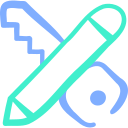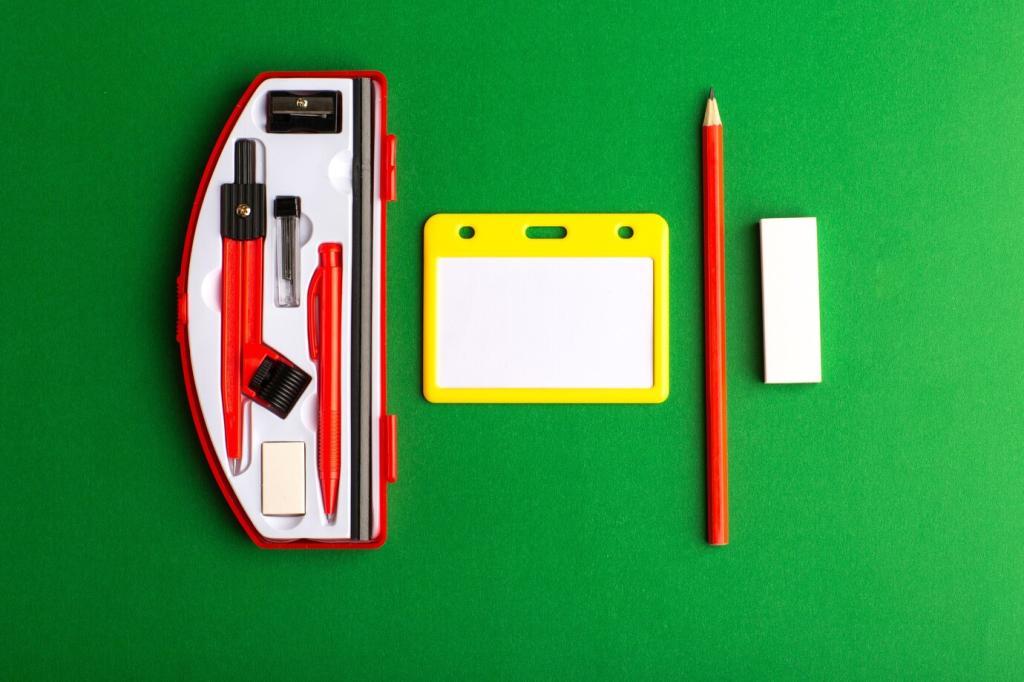A Short Story from the First Weekend
A founder mapped a simple workflow on sticky notes Saturday morning, built a form and automation by noon, and onboarded the first user after lunch. Their message: “It saved my Monday.” Aim for that feeling.
A Short Story from the First Weekend
Sharing progress daily prompted strangers to suggest clearer labels and a better default view. Small tweaks doubled completion rates. Post your updates in the comments and invite someone to test your next change.
A Short Story from the First Weekend
Join our list for weekly checklists, teardown examples, and live critiques of first no-code projects. Reply with your idea, and we will feature lessons learned as you ship your very first version.
A Short Story from the First Weekend
Lorem ipsum dolor sit amet, consectetur adipiscing elit. Ut elit tellus, luctus nec ullamcorper mattis, pulvinar dapibus leo.







